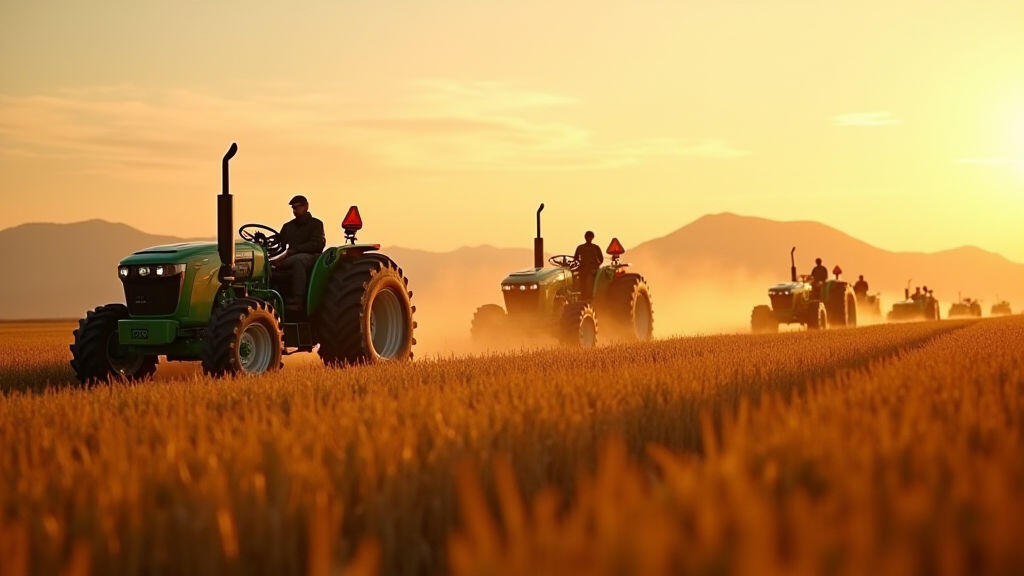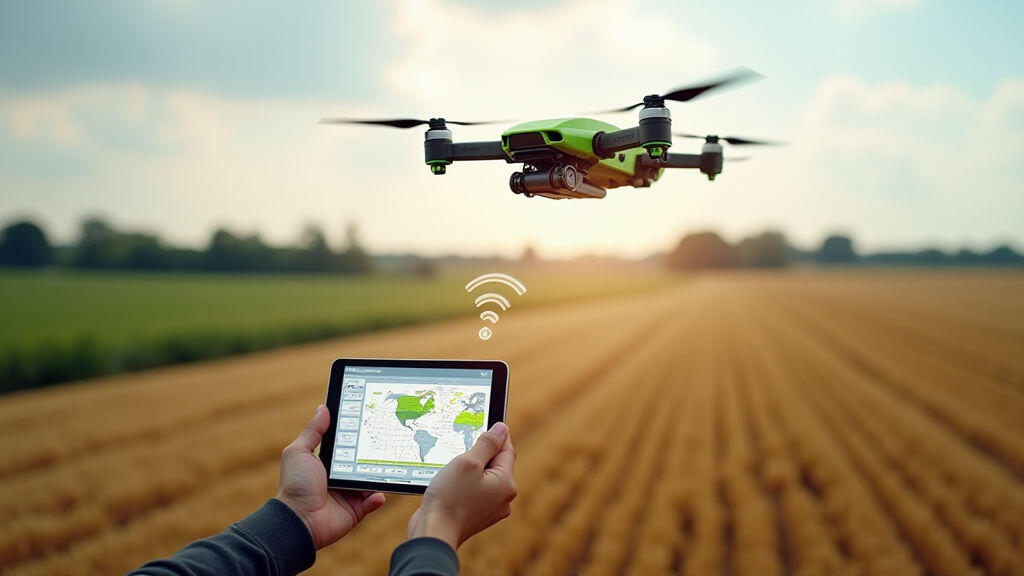
Introduction
Variable Frequency Drive (VFD) motors have long been a staple in industrial plants, but the past few years have seen their application surge into the heart of modern agriculture. By adjusting the frequency of the supply voltage, VFD motors can vary speed and torque precisely, allowing farmers to fine‑tune machinery performance, save energy, and reduce wear. The “new‑generation” VFD motors—smaller, lighter, and smarter—are reshaping tractors, harvesters, irrigation pumps, and robotic farm equipment. This article explores three emerging trends that illustrate how these motors are being integrated to boost efficiency, sustainability, and productivity across farms of all sizes.

1. Energy‑Efficient “Smart” Drive Systems
One of the most visible benefits of the latest VFD motors is their ability to dramatically cut fuel consumption. Traditional diesel engines operate at fixed speeds, leading to considerable idle time and wasted energy. New‑generation VFD motors, coupled with sophisticated digital controllers, adjust motor speed in real time to match field conditions. For example, a combine harvester can slow down while feeding a grain tank that is filling gradually, preventing over‑driving and reducing mechanical stress.
Farmers report up to 20 % fuel savings on average when replacing conventional units with energy‑efficient VFDs. Moreover, the reduced torque ripple and smoother acceleration translate into fewer gear shifts and lower maintenance costs. Because these motors can run brushless or induction types, farms can also take advantage of lower operational noise—a perk when machinery operates around livestock or in shared rural communities.
2. IoT Connectivity and Autonomous Operation
Variable Frequency Drive motors are increasingly becoming the nerve centre of IoT‑enabled farm machinery. Integrated sensors—such as load cells, vibration monitors, and GPS trackers—feed data directly to the VFD controller. This connectivity allows machines to adjust their speed and torque on the fly, optimizing for soil type, crop maturity, or weather conditions.
Take autonomous precision‑drilling rigs: sensors detect soil resistance and automatically modulate the motor’s output to maintain a consistent depth. At the same time, telemetry data is transmitted to a central dashboard, alerting operators to potential mechanical issues before they become serious. This real‑time insight empowers farmers to schedule maintenance proactively, extending equipment lifespan.

3. Light‑Weight, Compact Drives for Small‑Scale and Urban Farming
As urban and peri‑urban farms grow, the space‑saving advantages of new‑generation VFD motors become a game‑changer. These motors are engineered to be compact while still delivering sufficient torque for small‑scale tasks such as greenhouse climate control fans, vertical‑farm irrigation pumps, and portable mini‑tractors. Their reduced size means that equipment can be transported more easily, and the lighter weight lowers the overall load on a vehicle’s transmission—cutting wear and power demand.
Additionally, many of the latest models come pre‑loaded with programmable profiles, allowing farmers to switch between “low‑speed” and “high‑speed” modes with a single button press. This flexibility is invaluable when a machine must perform a variety of tasks—from mulching to diesel‑powered large‑scale operations—without costly mechanical adjustments.
Case Studies: Real‑World Impact
These examples underscore a common theme: by marrying traditional agricultural expertise with modern VFD technology, farmers can achieve smarter, more sustainable, and more productive operations.
Future Outlook
Looking ahead, research in power electronics and materials science promises even more efficient and rugged VFD motors. Advances in silicon carbide and gallium nitride semiconductors will enable higher switching frequencies, reducing harmonic distortion and improving overall system responsiveness. Coupled with cloud‑based analytics, farmers will be able to predict equipment health, optimize milk yields, and coordinate farm resources at an unprecedented level of precision.
Moreover, the integration of renewable energy sources—such as solar arrays powering VFD‑driven pumps—will further reduce carbon footprints and bring net‑zero farming into reach for many smallholders. As regulatory incentives for energy efficiency intensify, investing in new‑generation VFD motors will not only bring immediate cost savings but also position farms to meet evolving environmental standards.
Conclusion
New‑generation Variable Frequency Drive motors are reshaping agricultural machinery by delivering unparalleled energy savings, enabling IoT‑driven autonomy, and making compact power solutions accessible to farms of all sizes. These motors empower farmers to operate more sustainably, maintain equipment longer, and increase overall productivity. As the agricultural sector embraces digital transformation, VFD technology stands out as a critical enabler of a greener, smarter, and more resilient food system.
The thoughtful adoption of these innovative drive systems represents a forward‑thinking strategy for anyone looking to modernize their farm equipment while contributing to global sustainability goals.
Leave A Reply
Your email address will not be published. Required fiels are marked